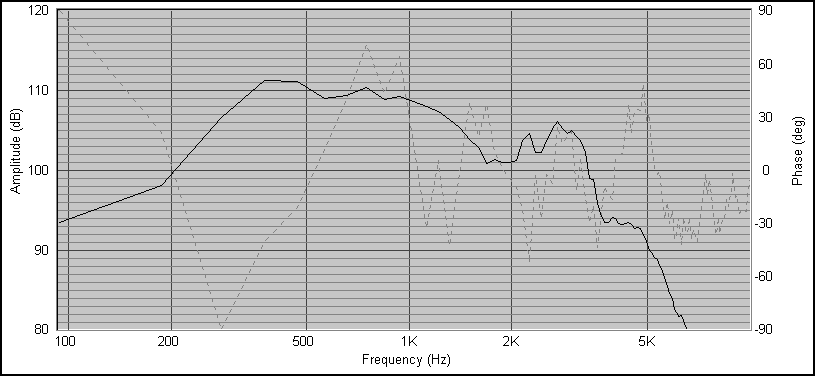|
|
|
|
| Thanks. Another question [message #53229 is a reply to message #53228] |
Wed, 18 February 2009 15:54   |
 xcortes
xcortes
Messages: 51
Registered: May 2009
|
Baron |
|
|
|
When I simulate your midrange horn with hornresp I get response to somewhere between 400 and 600 hz depending on the driver. Yet you cross it over at 1.6khz. What am I overlooking? Thanks again!
|
|
|
|
| Re: Thanks. Another question [message #53230 is a reply to message #53229] |
Wed, 18 February 2009 17:23  |
 |
 Wayne Parham
Wayne Parham
Messages: 18984
Registered: January 2001
|
Illuminati (33rd Degree) |
|
|
I saw falling response in the simulations too but I kind of expect that in midhorns and tweeters. David McBean has done a wonderful job with Hornresp, and I've grown to trust it implicitly for modeling basshorns. It's less reliable on midhorns and tweeters, only because it uses a pistonic model. You have to measure a speaker to see what its behavior is like above the pistonic range.Above a few hundred Hertz, the cone is no longer pistonic and areas of the cone are decoupled from the rest. This creates what is effectively a lower-mass section that operates semi-independently from the main body of the cone. At high frequency, this behavior is what makes a big part of the total response. They key is to use drivers with good damping, so these higher frequency modes are smooth. Voice coil cover shape and composition plays a major role in the response up high. Below you'll see the response curve of the midhorn with a Delta 10 driver; Other drivers will measure differently. 
|
|
|
|







